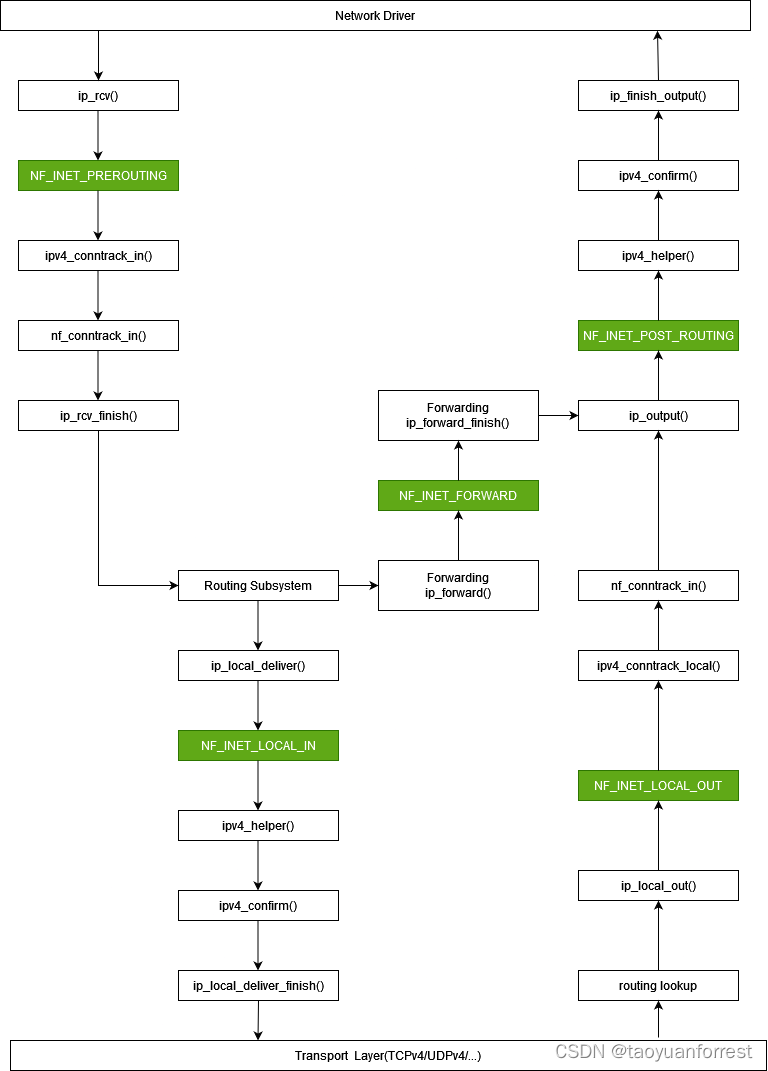这场真是给我打的汗流浃背了,这场真的巨难(可能是因为我二进制根本就没学好的原因吧)
反正总共就搞了两道题,第一道题注重于思维,第二道题纯二进制,第三道题看着也是二进制(最后时间不够了,没做完,其实时间够我也做不出来,二进制对我来说太难了)
废话不多说直接看这次比赛的题
A. Turtle and Piggy Are Playing a Game
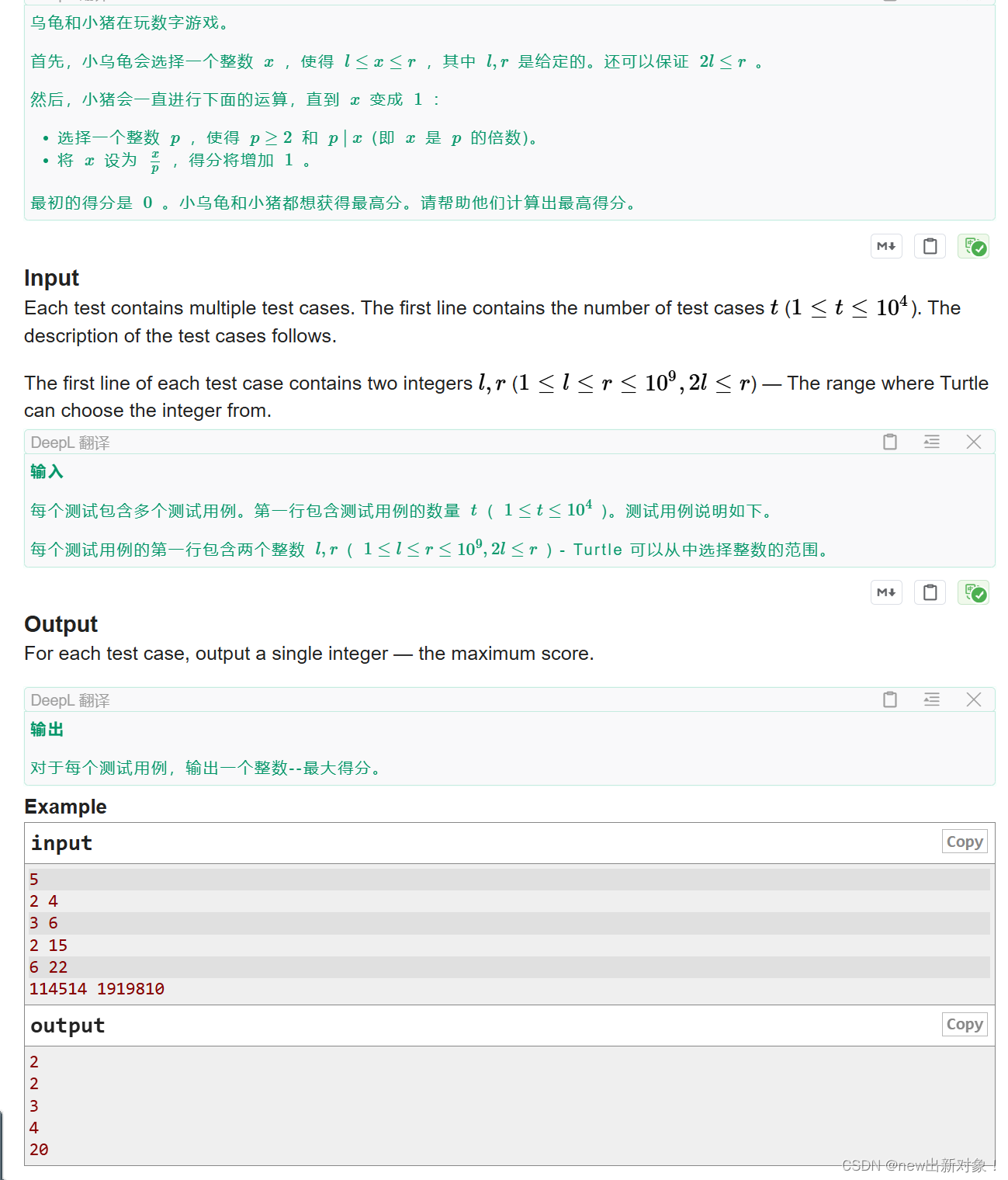
题解:这题就是说给我一个区间,让我找到这个区间里面因子最多的,当时考试的时候我想的是,既然因子最少的,那我就直接去考虑这个区间里面谁是最大的2的次方,因为2*2*2肯定·被包括在2*2*n(N>2),因此我们就可以用stl里面自带的lower_bound去找这个区间里面最大的2的次方
#include<bits/stdc++.h>
using namespace std;
#define int long long
int t;
int l,r;
int a[40];
signed main()
{
cin>>t;
int ans=1;
for(int i=1;i<=32;i++)
{
ans*=2;
a[i]=ans;
}
while(t--)
{
cin>>l>>r;
int flag=lower_bound(a+1,a+32+1,r)-a;
if(a[flag]==r)
cout<<flag<<"\n";
if(a[flag]>r)
cout<<flag-1<<"\n";
}
return 0;
}B. Turtle and an Infinite Sequence
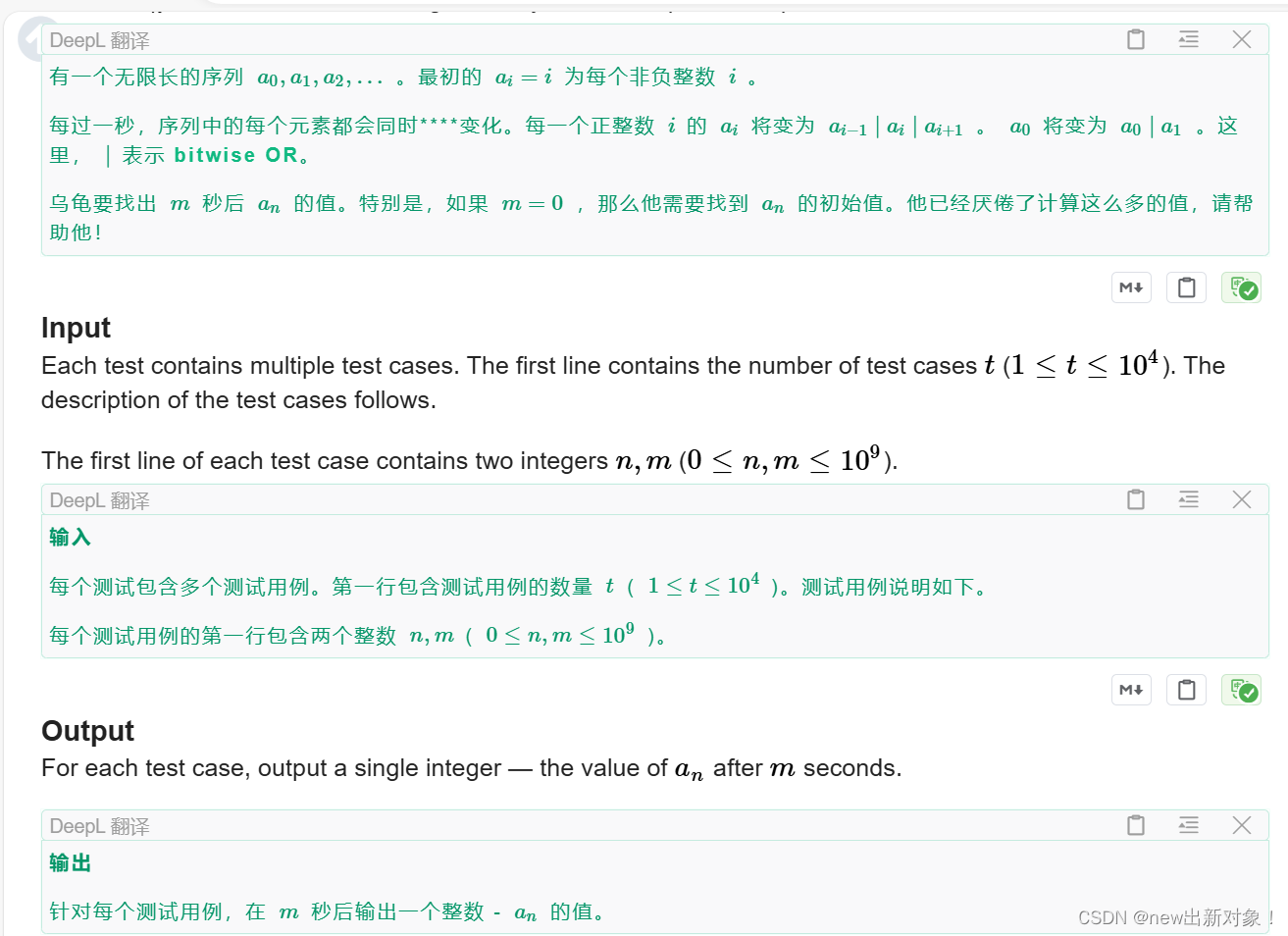
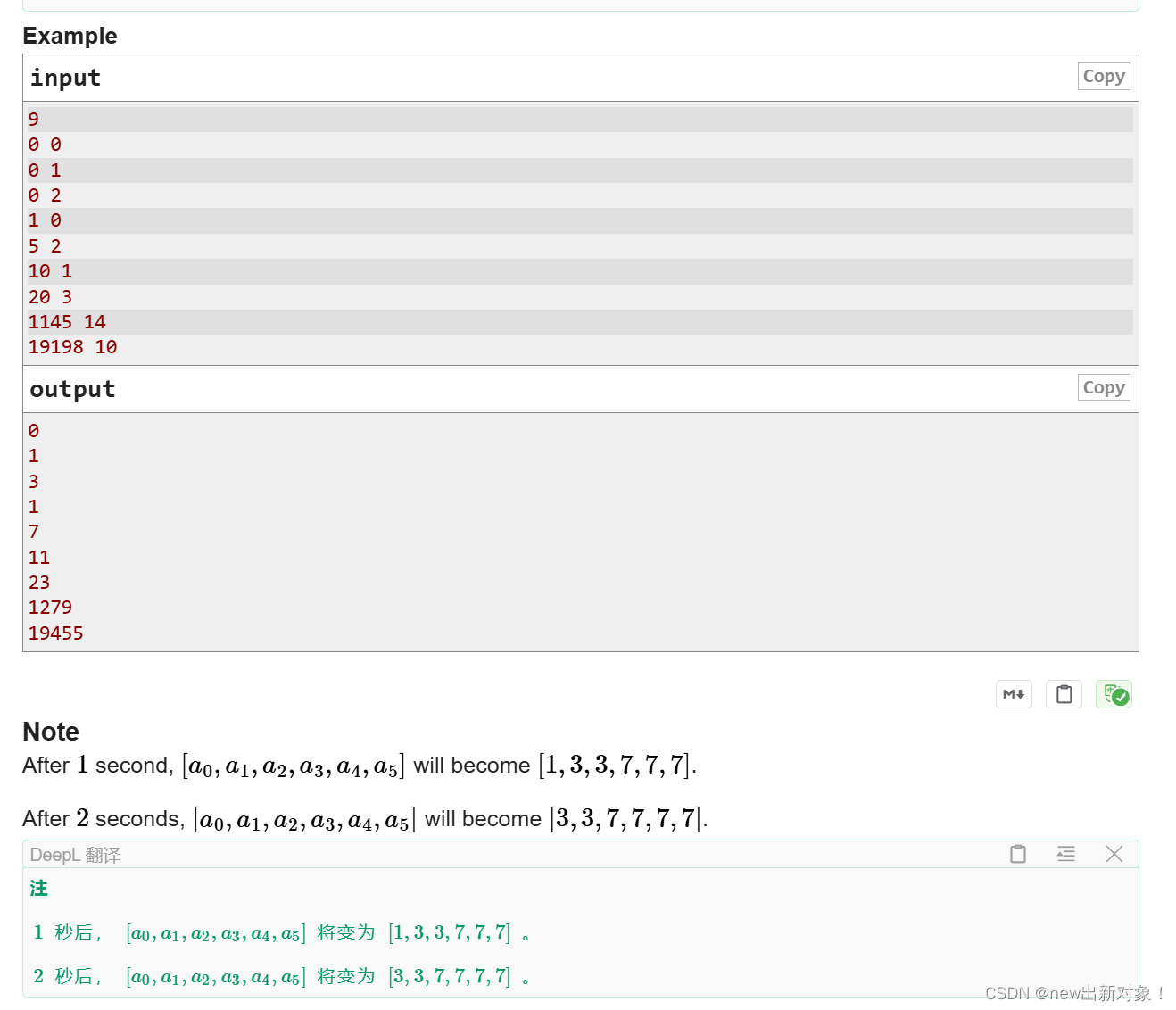
题解:这题怎么说呢?其实说难也难,说简单也简单,难就难在你不好找这个结论,简单就在于他真的只是一个二进制的异或运算,只不过需要一点点技巧来节约时间复杂度,结论就是对于最后一个数m次之后的值应该为(n-m,n+m)这个区间里面所有数的异或
#include<bits/stdc++.h>
using namespace std;
#define int long long
int t;
int n,m;
signed main()
{
cin>>t;
while(t--)
{
cin >> n >> m;
int l = max(0LL , n - m);
int r = n + m;
int ans = 0;
long long cnt = 0;
while(l != r)
{
cnt++;
l >>= 1;
r >>= 1;
}
while(cnt--) r = (r<<1)^1;
cout << r << endl;
}
return 0;
}



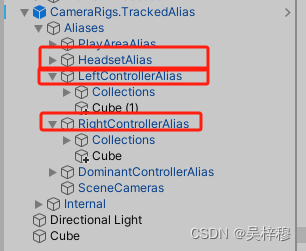








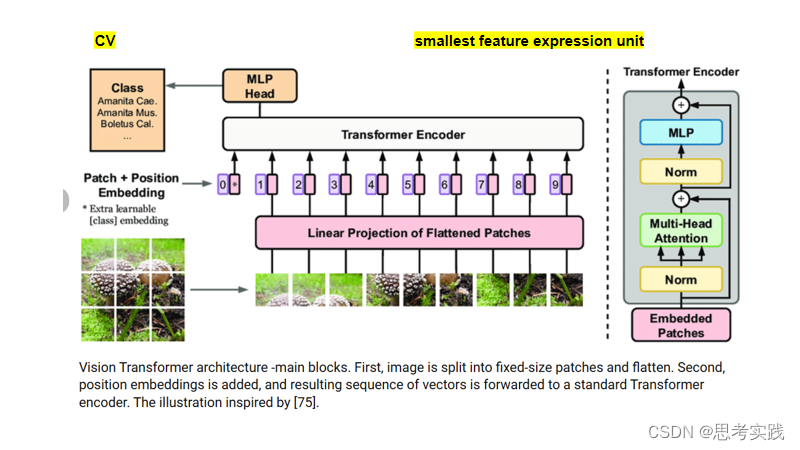



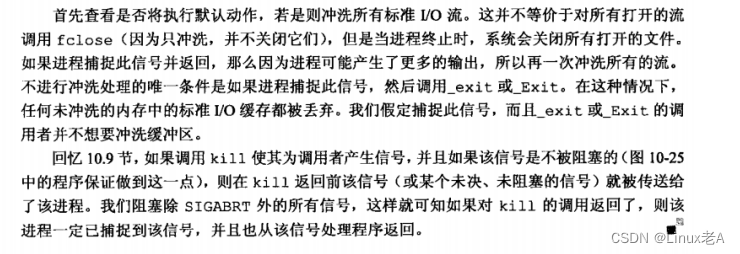
![[DDR5 Jedec 3-4] 模式寄存器 Mode Register MRR/MRW](https://img-blog.csdnimg.cn/direct/7e4aa194ddd34f84929f990216a30634.png)
